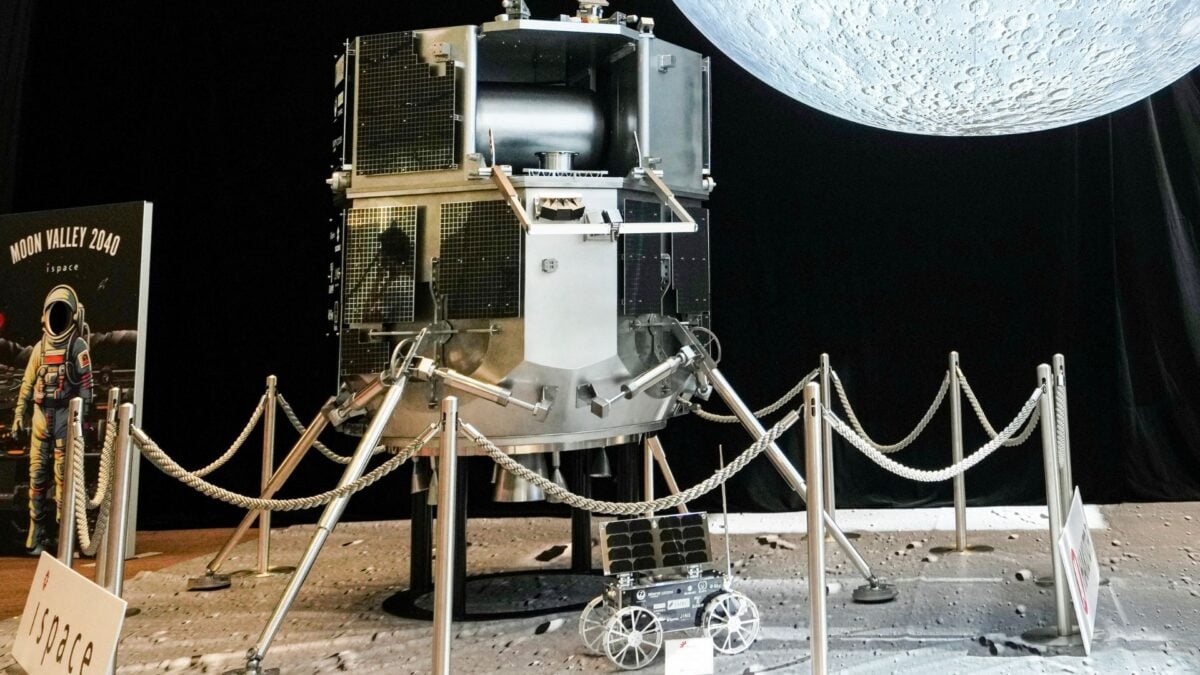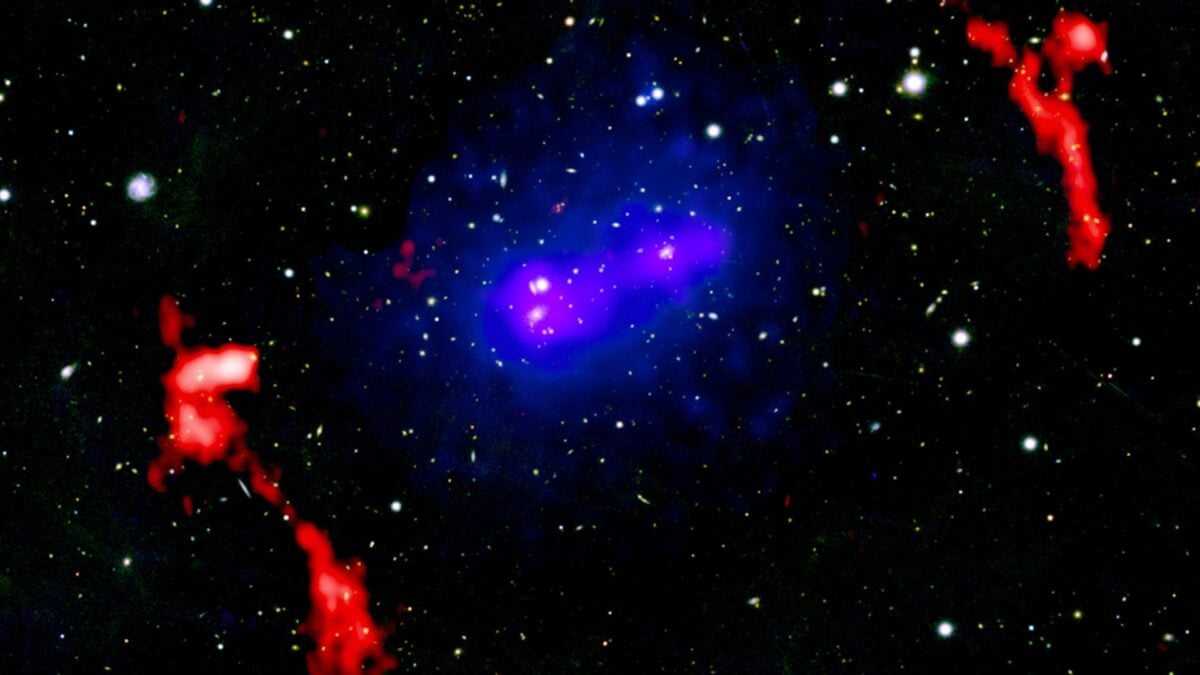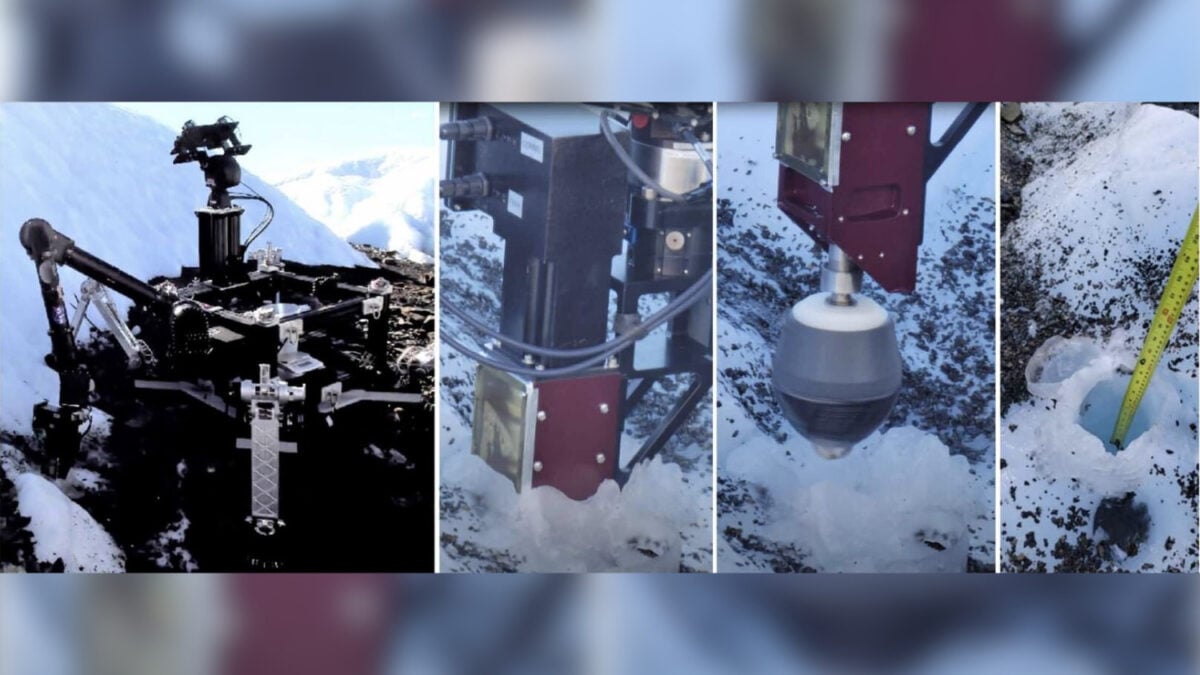Astronomers have unveiled a new category of cosmic cataclysm: extreme nuclear transients (ENTs). These are not just any stellar explosions; they are the most energetic ever recorded, resulting from supermassive black holes violently tearing apart stars at least three times the mass of our Sun. This groundbreaking discovery, detailed in a study published in Science Advances, offers a new lens through which scientists can explore the distant universe and the enigmatic behavior of its largest inhabitants.
What Are Extreme Nuclear Transients (ENTs)?
While astronomers have been observing tidal disruptions – events where supermassive black holes shred nearby stars – for over a decade, ENTs represent a far more potent phenomenon. “We’ve observed stars getting ripped apart as tidal disruption events for over a decade, but these ENTs are different beasts, reaching brightnesses nearly ten times more than what we typically see,” explained Jason Hinkle, lead author of the study from the University of Hawaii’s Institute for Astronomy, in a W. M. Keck Observatory statement.
ENTs are essentially a supercharged type of tidal disruption event. Their defining characteristics are not only their immense luminosity but also their extraordinary duration. “Not only are ENTs far brighter than normal tidal disruption events, but they remain luminous for years, far surpassing the energy output of even the brightest known supernova explosions,” Hinkle added. This sustained brilliance and sheer power set them apart from other known stellar explosions.
An Accidental Discovery Sheds Light on Cosmic Behemoths
The identification of ENTs happened almost by chance. Hinkle was analyzing data from the European Space Agency’s Gaia mission, searching for persistent flares emanating from galactic centers, when he encountered two unusual signals from 2016 and 2018. These anomalies sparked a multi-year investigation. Concurrently, two independent research teams identified a similar flare in 2020 through an astronomical survey known as the Zwicky Transient Facility (ZTF). Subsequent observations using the powerful W. M. Keck Observatory in Hawaii corroborated that the 2020 event shared remarkable similarities with the two earlier Gaia detections, solidifying the existence of this new class of cosmic events.
Unprecedented Energy: How ENTs Dwarf Other Cosmic Events
The sheer scale of energy unleashed by these events immediately told researchers they were witnessing something beyond ordinary stellar explosions. The immense energy output, combined with the distinctive shape of their light curves, pointed towards a supermassive black hole actively consuming stellar material—a process known as accretion. However, unlike typical black hole accretion where nearby matter heats up and emits irregular light, these astrophysical events involve a supermassive black hole methodically shredding and devouring an entire giant star.
ENTs stand as the most energetic explosions ever documented. The most powerful ENT recorded by the team, Gaia18cdj, unleashed 25 times more energy than the most potent supernovae known. To put this into perspective, a single ENT releases an amount of energy equivalent to what 100 Suns would emit over their entire 10-billion-year lifespans. In stark contrast, a typical supernova generally releases energy comparable to that of only a single Sun over its lifetime.
Why ENTs Matter: Peering into Black Hole Growth and Cosmic Noon
The significance of ENTs extends far beyond marking the spectacular demise of a massive star. “These ENTs don’t just mark the dramatic end of a massive star’s life,” Hinkle elaborated. “They illuminate the processes responsible for growing the largest black holes in the universe.” Despite their colossal energy, ENTs are incredibly rare, estimated to be at least 10 million times less common than supernovae. Nevertheless, their extraordinary brightness makes them invaluable tools for astronomers.
“Because they’re so bright, we can see them across vast cosmic distances—and in astronomy, looking far away means looking back in time,” noted Benjamin Shappee, study co-author and Associate Professor at the University of Hawaii’s Institute for Astronomy. This ability to observe distant ENTs provides critical insights into black hole growth during “cosmic noon.” This key era occurred when the universe was about half its current age, a period when galaxies were buzzing with activity, forming stars and feeding their central supermassive black holes at a rate roughly 10 times more vigorous than observed today.
Conclusion
The discovery of extreme nuclear transients marks a significant leap in our understanding of the universe’s most violent events and the evolution of supermassive black holes. These record-shattering explosions not only reveal the dramatic interactions between massive stars and galactic centers but also provide astronomers with powerful beacons to probe the conditions of the early universe, particularly during the crucial “cosmic noon” period. As research continues, ENTs promise to shed further light on the mechanisms that shape galaxies and the colossal black holes at their hearts, adding another fascinating piece to the puzzle of cosmic evolution. This finding joins a growing body of research dedicated to unraveling the mysteries of black holes, one of the most enigmatic components of our cosmos.











